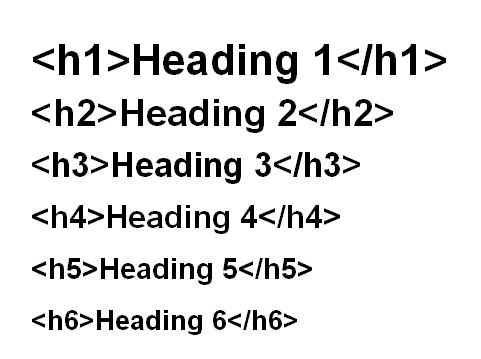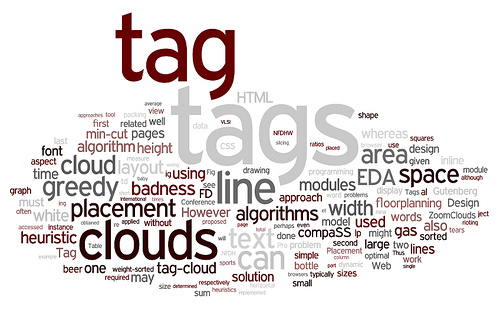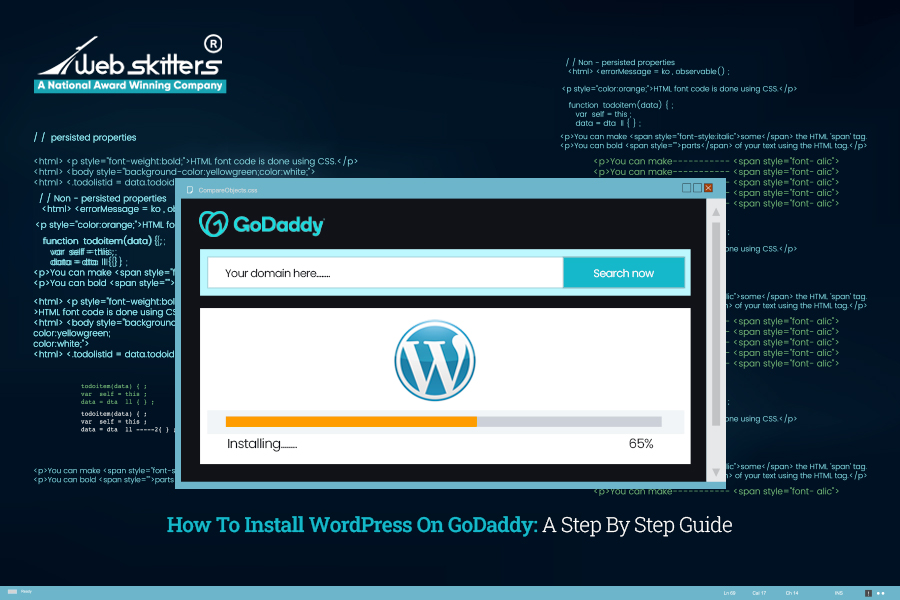Improving the visibility of your website is certainly not an easy task. Increase traffic as well as boost the brand’s revenue, a strong SEO campaign is very necessary. To be very honest, while building backlinks as well as developing the social media presence along with off-site practices, boosting the site’s rankings with on-page optimization is very important.
Now one of the most crucial aspects of on-page SEO is tags. Be it the title tags, header tags or the Meta tags or blog post tags, there have been increased traffic and boosted engagement.
A Brief Insight Into Tags
Tags are generally used to clarify the content in a specific way. This should be made easier for the search engines to understand as it is important both for SEO and its usability.
Tags are generally used to classify content so that is useful for readers as well as easy for search engines to understand making it potentially important for both SEO and usability.
But over the years, the use of tags has changed a lot. Meta tags have lost their power in a big way on rankings over the past several years. Let take a look at the use of the tags.
Header Tags

Header tags refer to the HTML markup which can be used to distinguish headings and subheadings well within your content from various other types of text. They run from h1-h6 in the sense of importance.
The usage of header tags is certainly is doubtful case. Before the advent and growing popularity of HTML5, one can simply include a h1 tag within the content and contents of the tag in terms of on-site SEO.
However these days it is possible to utilize multiple h1 tags per section basis lessening the importance of hierarchy of header tags as well as in the search engine
Importance of Header Tags in SEO
Well as per statistics, two in every five webpages in SERPs did not utilize h1 tags. The amount of pages with the use of h1 increased as compared to the year 2014. As per statistics, in the top 30 search results, the ratio has increased by 4%.
Header tags are certainly more SEO-friendly and header tags have demonstrated careful optimization leading to major increase in ranks.
Blog Post Tags

Most blogging platforms like WordPress provide you with the ability to add contextual tags to the posts. These are addressed as blog post tags in order to differentiate from other types of tags.
Blog post tags use the site’s taxonomy. WordPress and various other blogging platforms classify and better organize information. They provide visitors with list of posts categorized into specific topics and categories.
These tags are valuable to the visitors of the site as well as search engine. For visitors, it certainly improves the usability of the website in terms of being able to identify the posts covering specific topics.
Importance of Blog Post Tags in SEO
Blog post tags do not necessarily improve the rankings in the search engine rankings and of themselves but they might not be very much influential and can improve the SEO indirectly.
Search engines do not rank category along with tag pages in the SERPs in 2016, high-quality tagging making it easier for Google to know what the website is all about. With the use of tags, one can lower the bounce rate and increase time on-site both behavioral factors which take Google into account as they make websites easier to navigate with providing users with a convenient way to access relevant content if the user finds what they are looking for.
Google’s focus provides better quality experience to increase in the future with evaluators manually trawling SERPs and grading websites. Providing professional SEO is very important user experience.
In terms of SEO, you can provide high-quality user experience compelling visitors to visit multiple pages giving benefits in terms of SEO. Professional tagging can represent one piece of puzzle incase of user experience and benefit from rankings.
To know more about our next set of tags, read our next blog post on the importance of tags in SEO.
Header Image Source: juandesant/flickr


 October 17, 2022
October 17, 2022 








